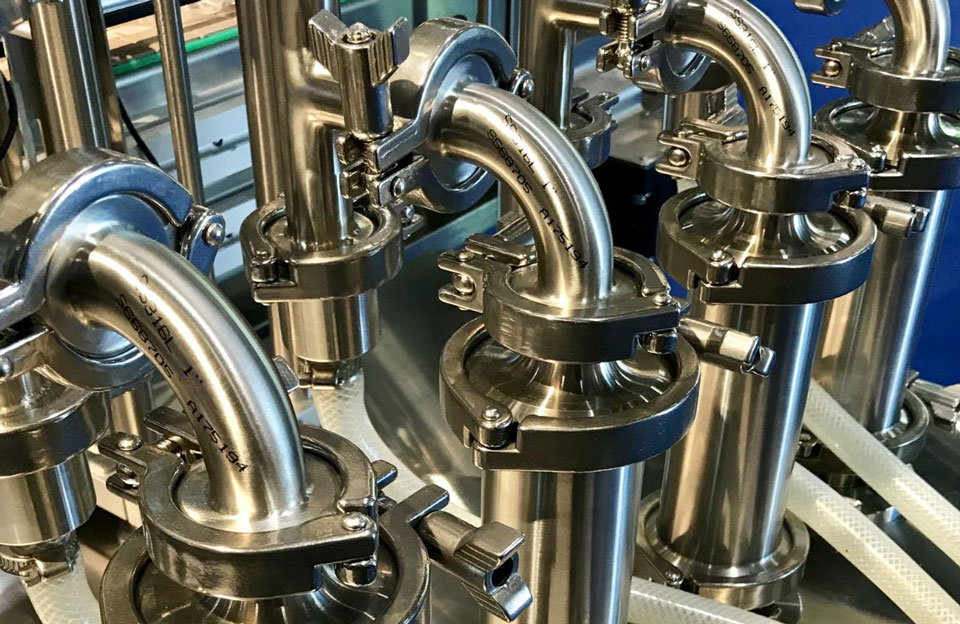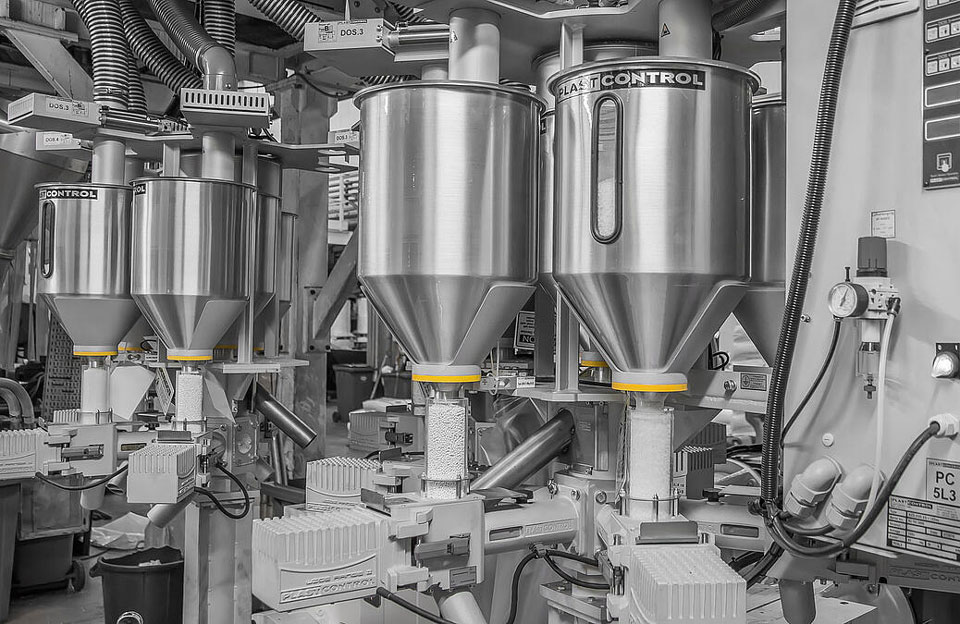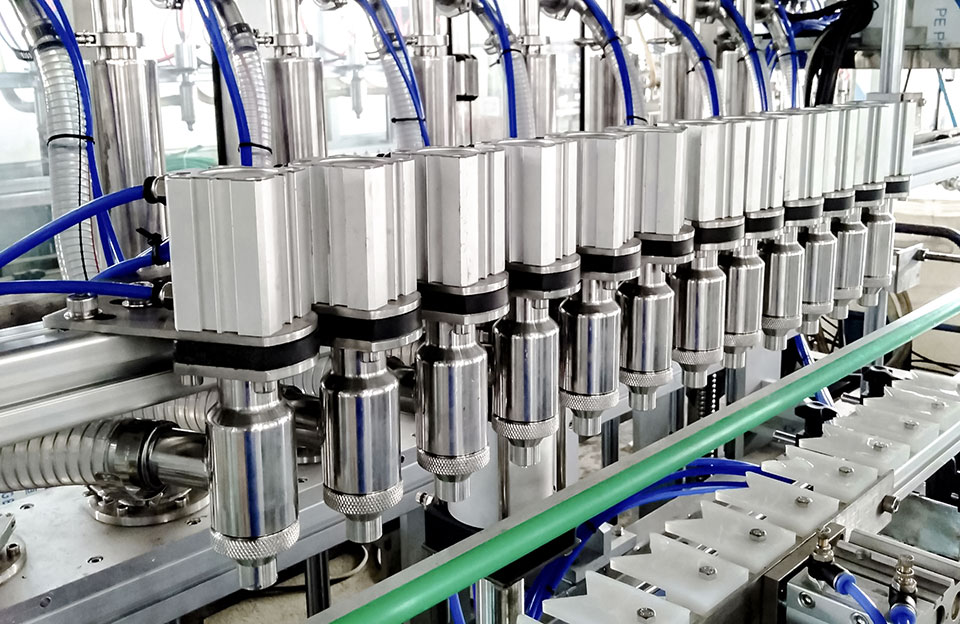The application of high technology in powder filling machine has revolutionized the filling machine industry, making it more accurate, efficient, flexible, and user-friendly. Improvements in filling machines allow manufacturers to increase productivity, product quality, and safety while meeting the changing demands of various industries.
The Development of High Technology in Powder Filling Machine
High technology in powder filling machine changes have significantly impacted powder-filling machines, driving advancements and improvements in their functionality, efficiency, and overall performance.
- Increased Accuracy and Precision: Accuracy and precision are critical in industries such as pharmaceuticals and food that require precise quantities. Technological advancements have improved powder-filling machines’ measurement and dosing systems, with advanced sensors, robotics, and control systems enabling precise measurement and filling, reducing variation, and ensuring accurate dosing.
- Increased Speed and Efficiency: Increased speed and efficiency help manufacturers meet production demands and increase productivity. Technological advances have increased the speed and throughput of powder-filling machines. At the same time, improved automation, delivery systems, and optimized control algorithms minimize downtime, reduce changeover times and increase overall equipment effectiveness.
- Integration with Other Systems: Modern powder filling machines can be seamlessly integrated with other production line equipment, such as packaging machines, labeling systems, and quality control systems. The production line integration enables a smooth and automated workflow, minimizing human intervention and streamlining the entire packaging process.
- Advanced Control and Monitoring System: The control and detection systems provide real-time monitoring, data collection, and analysis functions. Advances in technology have brought about advanced powder-filling machine control systems and software interfaces; operators can monitor and adjust parameters, track performance indicators and detect and solve problems promptly, which can achieve better control, process optimization, and predictive maintenance.
- Flexibility and Customization: Technological changes have enabled powder-filling machines to handle a variety of powders with different characteristics, such as fine powders, sticky powders, and powders that are difficult to fill. Flexible design features, adjustable settings, and customizable options allow manufacturers to adapt the machine to specific product requirements, ensuring efficient and accurate filling.
- Improve Safety and Cleanliness: Technological advancements in powder filling machines have also focused on improving safety and cleanliness. Advanced safety features such as guard systems, emergency stop mechanisms, and automatic error detection help protect operators and prevent accidents. Additionally, advances in sanitation and clean-in-place (CIP) systems have made cleaning and maintenance easier, ensuring compliance with sanitation standards.
- Connectivity and Industry 4.0 Integration: Powder filling machines are increasingly equipped with connectivity features, enabling remote monitoring, predictive maintenance and data exchange with other connected systems, making them integral to the wider Industry 4.0 ecosystem part, thereby optimizing production processes and facilitating data-driven decision-making.
The Improvement of Powder Filling Machine Promote The Filling Industry
In fact, the continuous improvement of powder-filling machines can positively impact the entire filling industry.
- Increased Efficiency: Advances in powder filling machines have increased the efficiency of the filling process. Higher filling speeds, less changeover time, and higher overall equipment effectiveness help increase productivity and output. Increased efficiency allows filling companies to meet customer demand and optimize their manufacturing operations more effectively.
- Improved Accuracy and Consistency: High technology in powder filling machine has improved the accuracy and consistency of the filling process. Precise measuring and dosing systems, advanced sensors, and automated controls ensure accurate and consistent fill volumes, minimizing variation and eliminating human error. Increased levels of precision are critical for industries where precise dosing is critical, such as pharmaceuticals and chemicals.
- Versatility and Adaptability: Modern powder filling machines are designed to handle various product and packaging formats and different types of powders, container sizes, and packaging materials, providing flexibility and adaptability to the filling industry. The versatility of the filling machine enables the filling company to meet different customer needs and quickly respond to changing market demands.
- Integration with Automation and Packaging Systems: The technological advancement of powder-filling machines can seamlessly integrate with other automation and packaging systems. This integration simplifies the filling process from product infeed to packaging, labeling, and quality control. By integrating the different components of a production line, bottlers can achieve higher levels of automation, reduce manual labor and increase overall productivity.
- Advanced Monitoring and Control System: The powder filling machine’s improved control and monitoring system provides real-time data collection, analysis, and diagnosis. Operators can monitor key performance indicators, detect and resolve problems promptly, optimize filling parameters to increase efficiency, and facilitate continuous process improvement in the filling industry.
- Compliance with Quality Standards and Regulations: Technological advancements in powder filling machines ensure compliance with strict quality standards and regulations. Accurate filling, proper sealing, and product traceability help maintain product integrity and meet industry regulations. Product compliance is critical to industries such as food, pharmaceuticals, and cosmetics
- Sustainability and Waste Reduction: Improvements in powder filling machines also address sustainability issues by reducing material waste and optimizing packaging efficiency. Advanced control systems and optimized filling techniques minimize spillage and product spillage, reducing waste and optimizing resource utilization. The emphasis on sustainability aligns with the growing need for environmentally friendly practices in the bottling industry.
Conclusion
The application of high technology in powder filling machine has improved the filling industry’s productivity, accuracy, versatility, and compliance. Continuous advancements in filling machines are helping the filling industry, enabling bottlers to efficiently deliver high-quality products while meeting customer expectations and regulatory requirements.


